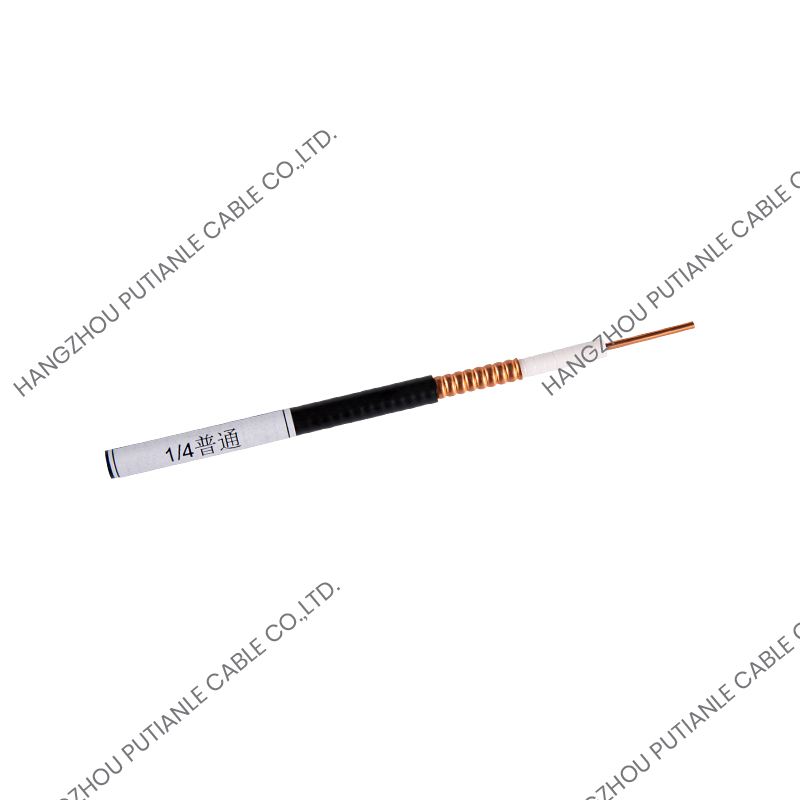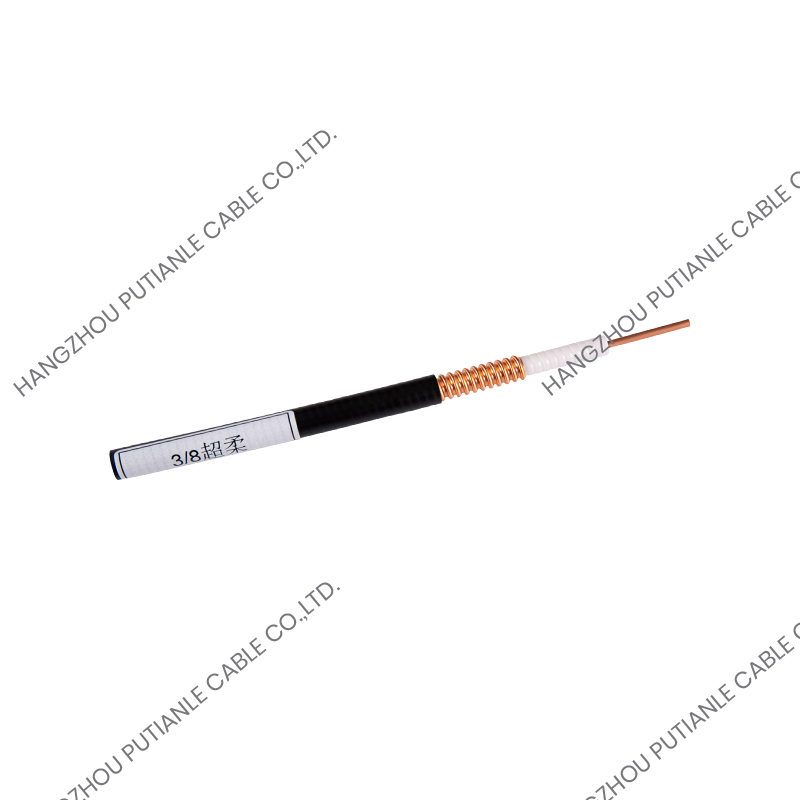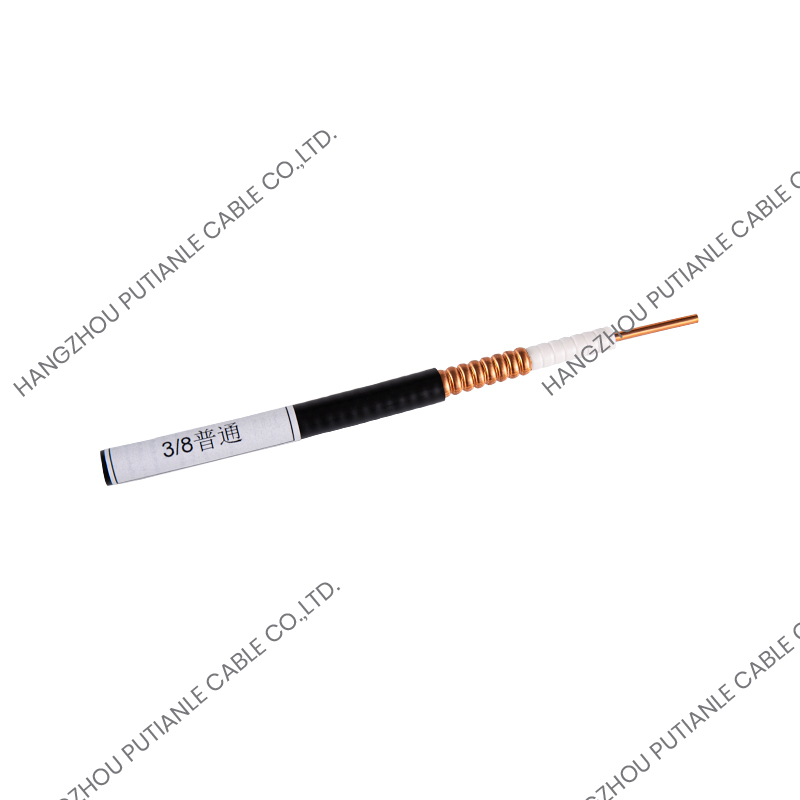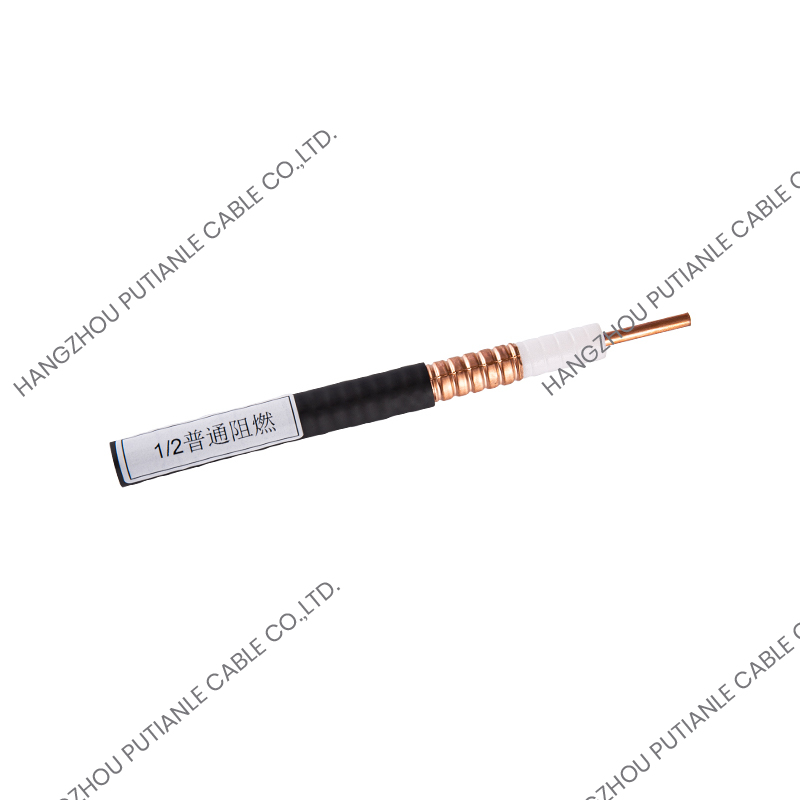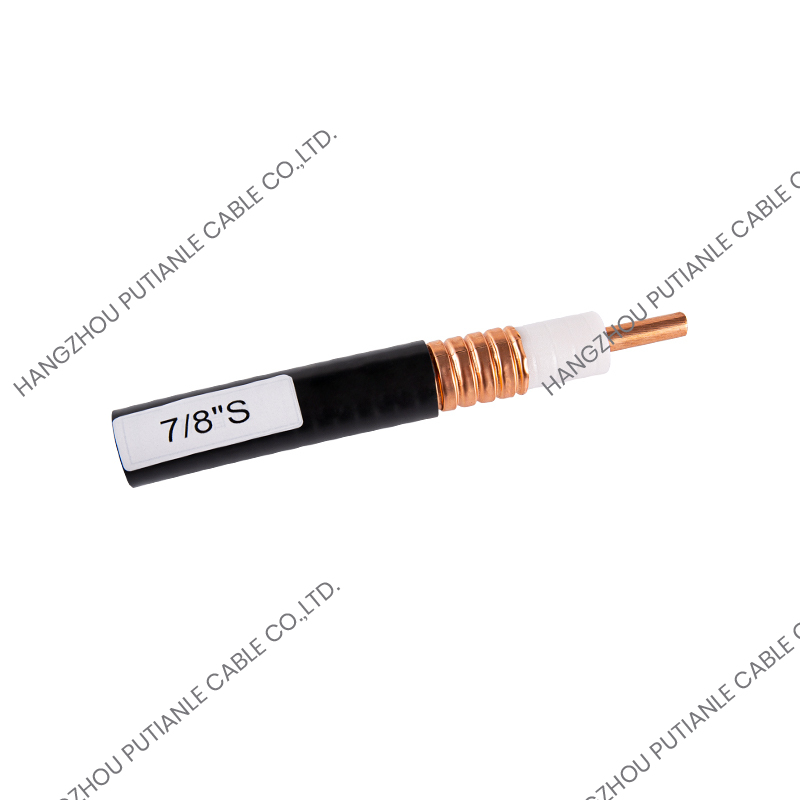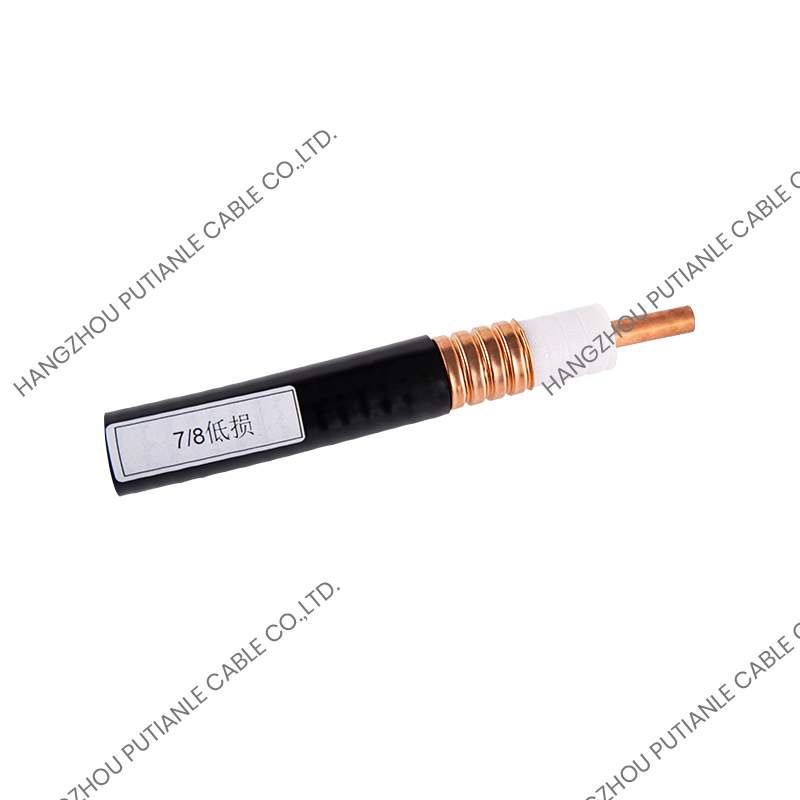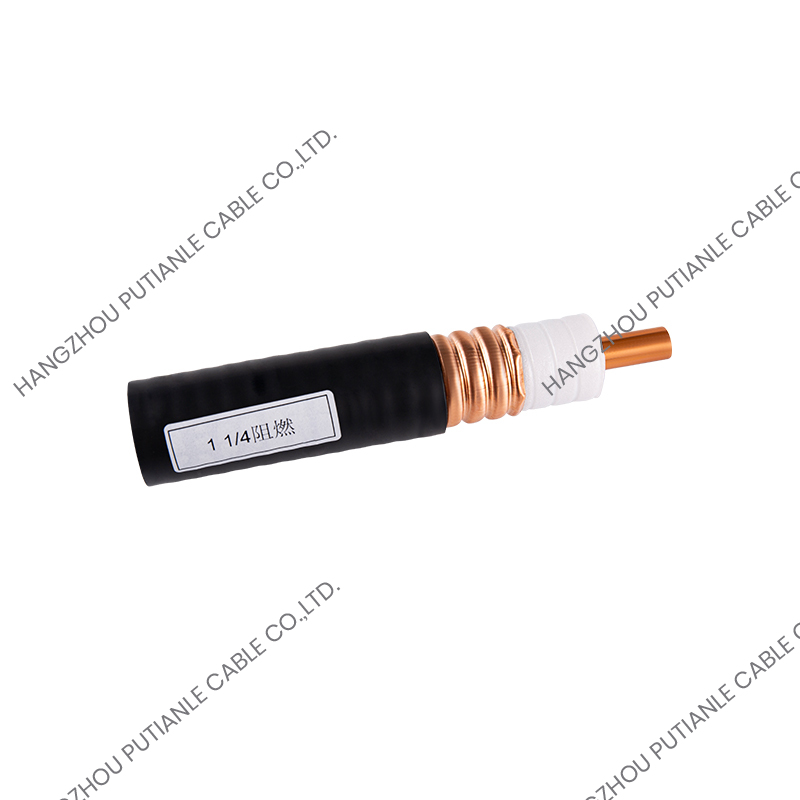In the fields of modern communications, electronics and industrial equipment, various types of RF cables are widely used for the transmission of high-frequency signals. Among them, 50 Ohm Braiding Cable has become an important choice in high-frequency application scenarios due to its excellent electrical performance and anti-interference ability.
Basic Structure of 50 Ohm Braiding Cable
50 Ohm braided cable is mainly composed of the following parts:
Inner conductor
High-purity copper or silver-plated copper conductor is usually used to ensure good conductivity and high-frequency transmission characteristics.
Insulation layer
Low-loss polyethylene (PE), foamed polyethylene or polytetrafluoroethylene (PTFE) and other materials are mostly used to ensure low attenuation and high stability during high-frequency signal transmission.
Braided shielding layer
The biggest feature of 50 Ohm Braiding Cable is that the outer layer uses copper wire or silver-plated copper wire for high-density braiding shielding, which effectively prevents external electromagnetic interference (EMI) and prevents interference of its own radiation to other devices.
Outer sheath
PVC, PE or FEP materials are used as the outer sheath to enhance the cable's wear resistance, corrosion resistance and weather resistance, making it suitable for various complex environments.
Performance characteristics and advantages
Precise characteristic impedance
The 50 ohm braided cable strictly controls the characteristic impedance within the range of 50±2 ohms to ensure low reflection, low standing wave ratio and good signal integrity during high-frequency signal transmission.
Excellent anti-interference ability
The high-density braided shielding layer effectively suppresses external electromagnetic interference (EMI) and radio frequency interference (RFI), ensuring stable signal transmission, especially suitable for scenarios with high signal integrity requirements.
Low loss and good high-frequency characteristics
Using high-quality conductors and low-loss insulation materials, the cable performs well in the range of hundreds of MHz to GHz, meeting the needs of modern communications, radar, radio and other high-frequency equipment.
Flexible and durable
The braided cable has both flexibility and mechanical strength, suitable for environments that require bending, movement or frequent installation.
Application fields
Due to its outstanding performance, 50 Ohm Braiding Cable plays an important role in multiple industries and application scenarios, including but not limited to:
RF communication equipment
Widely used in antenna feeder systems in radio base stations, microwave communications, and mobile communication equipment.
Test and measurement instruments
Used for connection and signal transmission in high-precision test equipment, network analyzers, signal generators and other instruments.
Broadcasting and television equipment
Used for high-frequency signal transmission to ensure high fidelity of images and sounds.
Military industry and aerospace
Applied to high-frequency electronic systems such as radar, navigation, and electronic countermeasures.
Laboratories and scientific research facilities
50 Ohm Braiding Cable is a commonly used connection cable in high-frequency experimental tests.
Selection points
When selecting 50 ohm braided cable, the following parameters should be focused on:
Frequency range: Select the appropriate cable model according to the operating frequency of the equipment and system used.
Attenuation value: Select low-attenuation cable to reduce signal loss over long distances.
Shielding efficiency: High-density braided shielding or multi-layer composite shielding can better resist complex electromagnetic environments.
Flexibility requirements: Choose the appropriate flexibility and bending radius according to the installation environment.
Environmental resistance: High temperature resistant, corrosion resistant, and waterproof sheath materials are required for outdoor or harsh environments.
Development trends and prospects
With the development of emerging industries such as 5G communications, satellite communications, and the Internet of Things, the demand for high-frequency transmission cables continues to grow. As an important product of high-frequency cables, 50 Ohm Braiding Cable is developing in the following directions:
Higher frequency and lower loss design
Lighter and softer, adapting to the needs of miniaturized equipment
Environmentally friendly material application, in line with international environmental standards
Customized solutions to meet differentiated needs in different fields
50 Ohm Braiding Cable has become a key component in high-frequency signal transmission due to its stable electrical performance, excellent anti-interference ability and wide applicability. In the future, it will continue to play an important role in high-precision fields such as communications, military industry, aerospace, etc., and escort high-quality and efficient information transmission.
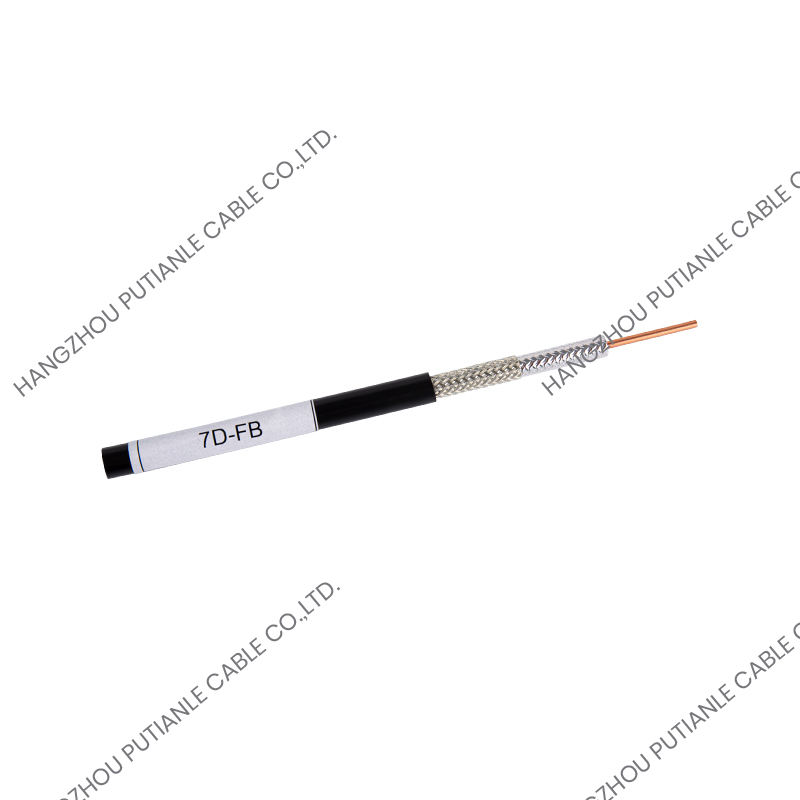


 中文简体
中文简体 English
English Español
Español

